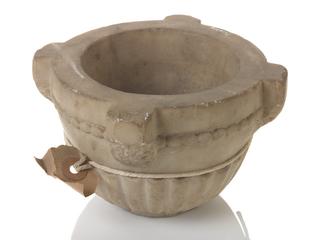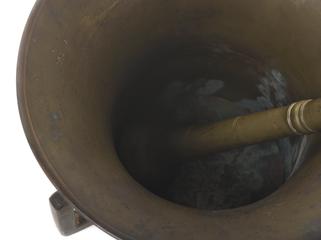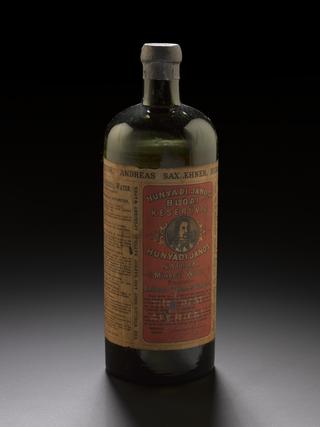


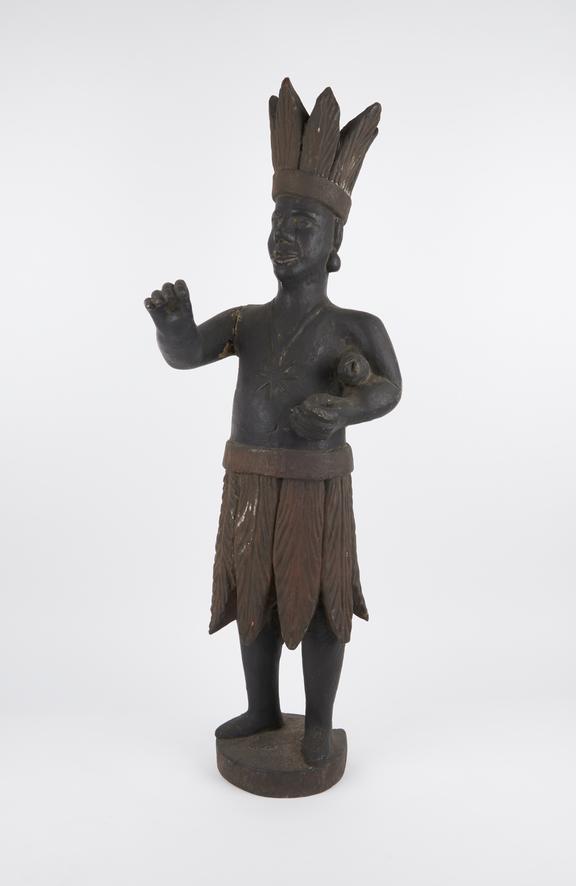
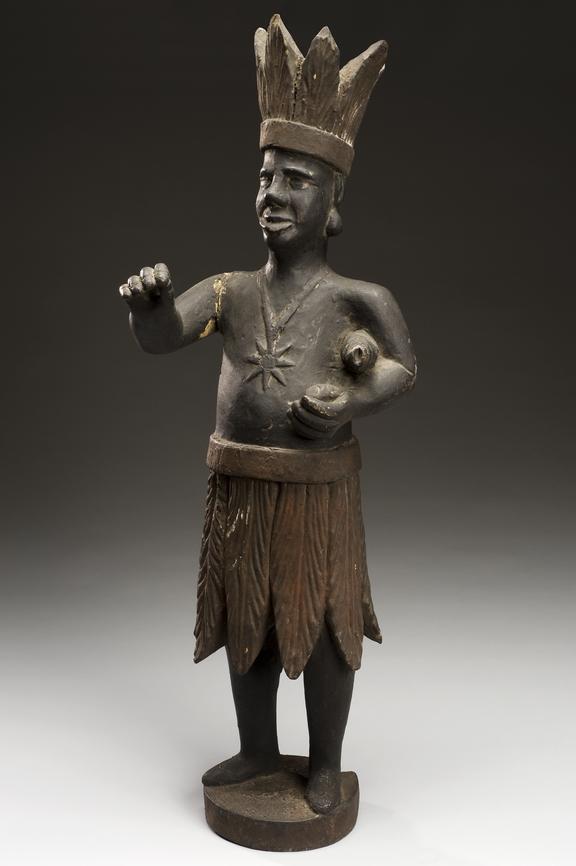
Carved wooden figure of a Virginian Indian, English, uses as a tobacconist's sign, probably C19
Made in the shape of a Native American from Virginia, United States, this was used as tobacconist’s sign to attract customers into the shop. Virginia was the site of the first European settlement in the United States (in 1607) and settlers began growing tobacco on increasingly large plantations there and exporting their product. Reflecting the origins of the product, Native Americans were commonly depicted on tobacconists’ shop signs.
‘Virginia’ tobacco is still available today but is now grown all over the world.
Details
- Category:
- Pharmacy-ware
- Collection:
- Sir Henry Wellcome's Museum Collection
- Object Number:
- A631066
- Materials:
- whole, wood, carved
- Measurements:
-
overall: 853 mm x 250 mm x 345 mm, 7.14 kg
- type:
- shop sign


